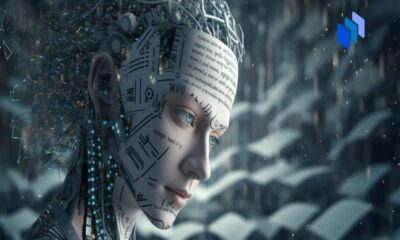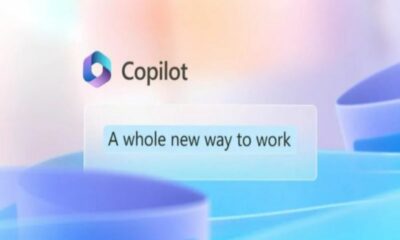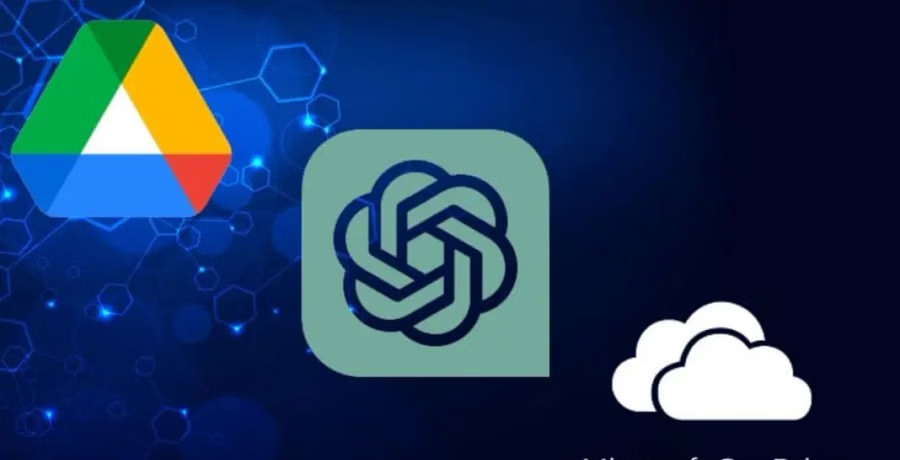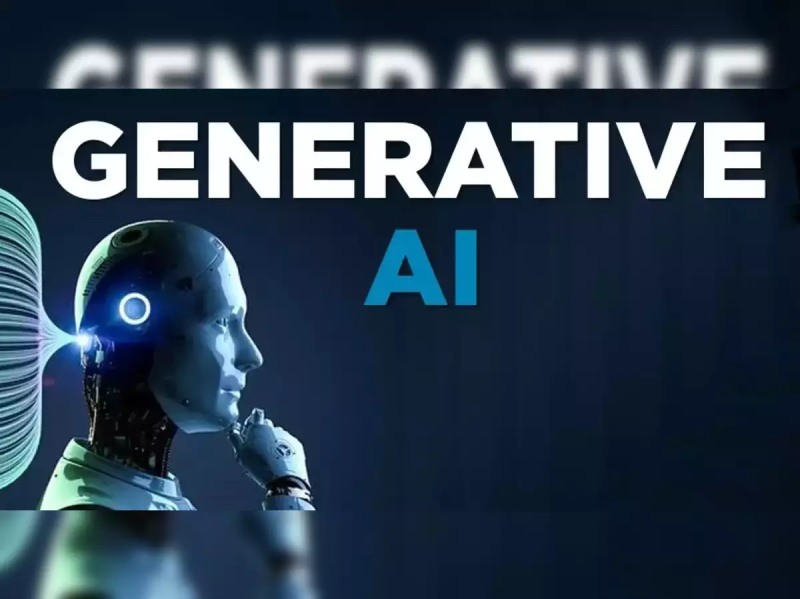Given how much AI is being discussed in 2023, one could assume that it only suddenly made an appearance in gaming and technology this year. In actuality, though, artificial intelligence has always influenced video games and impacted the gaming industry. Before multiplayer games made their way out of the neon-lit arcades of the 1980s, players faced AI opponents, such as the paddle in the iconic Pong game from 1972. Since then, artificial intelligence (AI) has grown exponentially, and new discoveries have ushered in the age of generative AI, which has the potential to drastically alter both the gaming industry and the medium itself.
Video games have always been among the first to adopt new technologies. Gamers anticipate larger worlds, more interactive non-player characters (NPCs), and improved graphics with each new release, and that’s just the beginning. Game developers must be ambitious, continuously iterate, improve, and provide players with more in an ever-more-competitive business environment where game releases are scrutinized by the public more than ever. This raises an issue: how can games get infinitely better when money and time are limited resources?
After eight years and €260 million of development, Cyberpunk 2077 was released in 2020 to mixed reviews because it was thought to be unfinished and had some bugs. It did not align with the high hopes and promises made by developer CD Projekt. While the developer deserves credit for allocating resources to resolve the problems and raise the game’s quality and stability to the desired level, there needs to be more done to address the issue than simply loading up already overworked game development teams with more work.
Perhaps giving AI more authority will be the solution.
Gen AI, year 0: Current state of AI
AI’s potential and, consequently, the value it offers, are at an all-time high due to recent advancements. Consider ChatGPT as an example of how advances in Natural Language Processing (NLP) have greatly improved AI’s capacity to comprehend and produce language. AI can now produce images, videos, and audio thanks to new generative models; Midjourney is one example. AI is able to learn by competing with itself thanks to reinforcement learning. This is how AlphaGo taught itself to win the board game Go, a feat that was previously believed to be beyond the capabilities of AI due to the game’s nearly endless possibilities.
These developments have not happened by themselves. These are the outcome of more general macrotrends, such as the development of massive datasets (like ImageNet), the enhancement of software (cloud/distributed computing) and hardware (graphics cards), and the rise in specialized labor. As a result, the AI tools we use on a daily basis will become increasingly more powerful, contributing to the industry’s aim of making games significantly better.
AI will first affect conventional procedures like the development, release, and management of video games. The development of AI-first games and the advancement of AI-enabled human-machine interfaces will then be observed.
Better, Faster, Stronger, Simpler: How AI Is Changing the Game Production Process Producing games involves a wide range of content types.
Production times will be significantly accelerated if these can be generated automatically. We’ll witness automation of game audio, text, and even the code, in addition to the visual components of the games, such as 2D assets (like Scenario) and interfaces, 3D assets (like Sloyd), character animations (like Kinetix), and fluid simulation (like Zibra).Code quality assurance and game localization—tasks that game developers view as necessary—will gradually be automated. Shorter development cycles and more ambitious games from both big and small studios will become the standard, even though this won’t be immediately apparent to players.
Teams can use generative models to create the necessary text and graphics, as well as to develop and implement comprehensive marketing plans, which will streamline the distribution of games. With the use of AI technologies like Powder, clips created automatically from streams will enable large-scale, organic creator-led game discovery.
Some of the most played games nowadays are evergreens; unlike the previous model, which offered a predetermined amount of gameplay, games are updated with new content on a regular basis; this is known in the industry as “LiveOps” (Live Operations). AI can help LiveOps by ensuring that newly added characters don’t upset the game’s equilibrium and by ensuring that games are safe environments to play in thanks to AI moderation.
Redefining Play: A Path to AI-Prime Games and Innovative Human-Machine Interfaces
There will be exciting new game genres in the medium term. The pinnacle of artificial intelligence in gaming will appear when titles adjust to the player both graphically and narratively (think Scriptic, for example). The video and music industries are already exhibiting the first indications of this content, with algorithms suggesting highly customized digital content to consumers. The narrative of video games will change in the future as players engage with sentient non-player characters—AI agents that actively contribute to your progress. NPCs will engage in real dialogue, express opinions, and react to player actions in a way that is authentic rather than being restricted to a vast array of pre-written responses.
AI promises completely new forms of interaction in addition to opening up new game genres, changing the way we interact with the medium. Voice and even thoughts will gradually become viable replacements for keyboards, mice, touch screens, and controllers. Just as Neuralink’s Monkey MindPong allows users to think about how they would like to play the game, players will converse with their devices.
Furthermore, being able to freely create content for the game is just as important as having control over its events. Scientists have shown off believable thoughts-to-images technology. Is this the pinnacle of speech-to-text evolution leading to the creation of 3D worlds?
With its rapid advancements, AI will have a significant impact on the gaming industry, and 2023 is only the beginning. In the near future, larger, better-quality games will be shipped more quickly. Anticipate AI-first games and novel ways to engage with them in the medium future. AI will have a significant impact on making the gaming industry healthier and more prosperous. From Pong, we’ve come a long way, and we still have a long way to go.


 Business4 weeks ago
Business4 weeks ago
 Business4 weeks ago
Business4 weeks ago
 Business4 weeks ago
Business4 weeks ago
 Business3 weeks ago
Business3 weeks ago
 Technology3 weeks ago
Technology3 weeks ago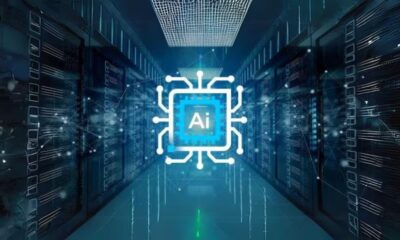
 Business2 weeks ago
Business2 weeks ago
 Technology3 weeks ago
Technology3 weeks ago
 Technology2 weeks ago
Technology2 weeks ago


